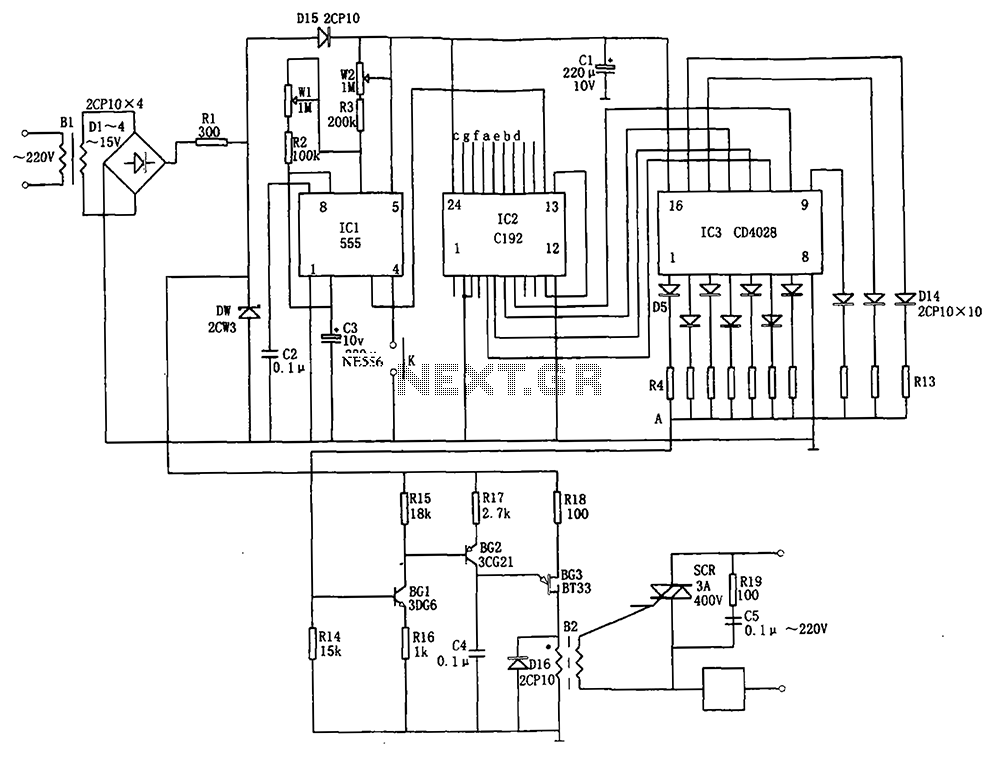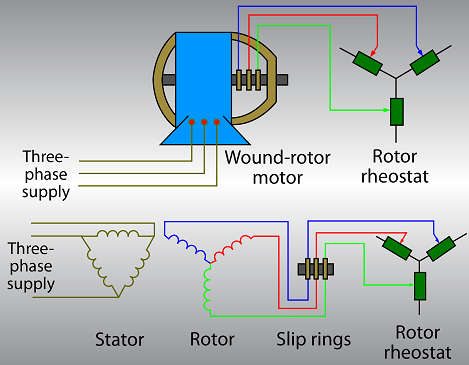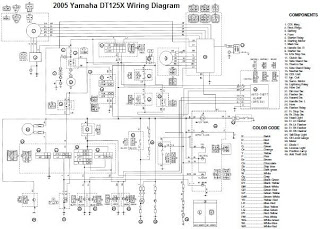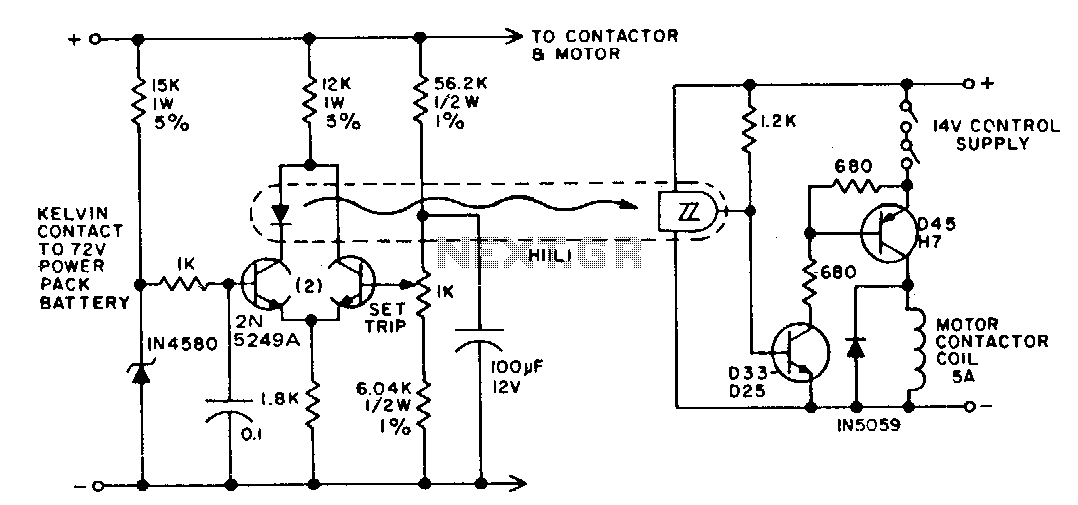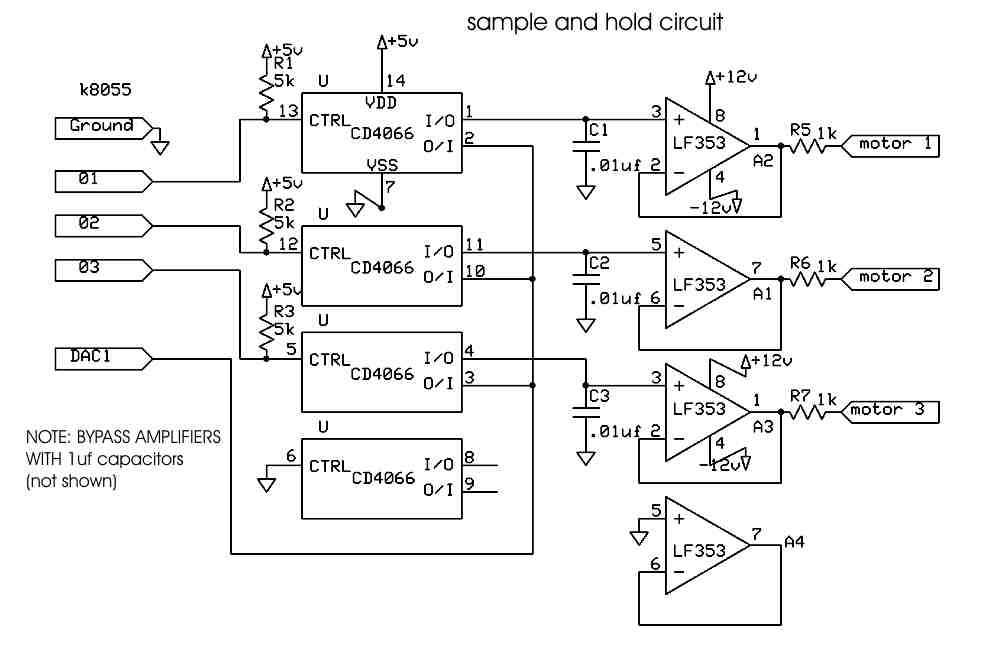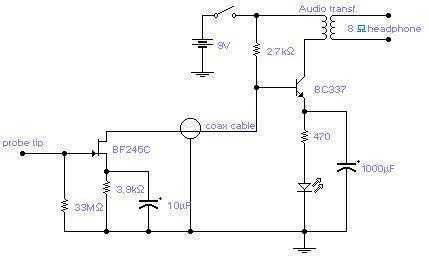
1958 Buick Electric Wiper Conversion
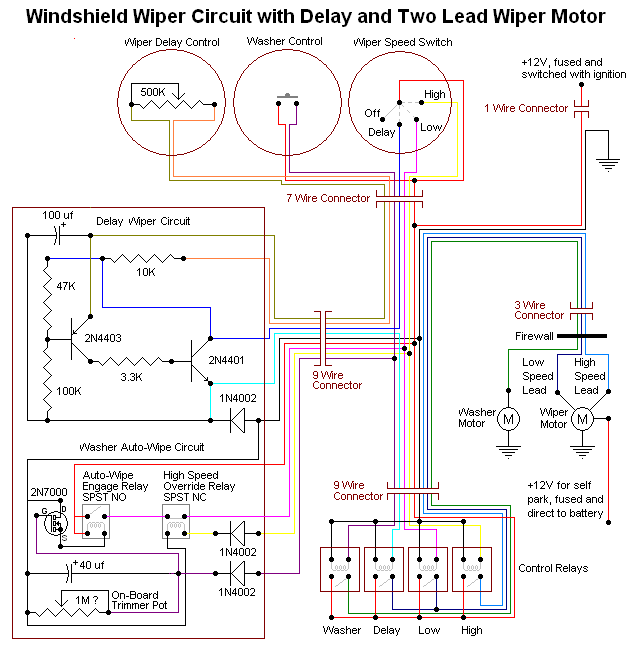
Converting a 1958 Buick to electric wipers with delay and automatic "wipe on wash" functionality while integrating the new electrical components with the original non-electric wiper controls to maintain a consistent driver experience. The conversion process is ongoing, and updates will be provided with pictures and details as progress is made. The original vacuum-powered wipers were unreliable, prompting the conversion to electric wipers. A conversion kit was sourced from New Port Engineering, which includes a motor designed for a "bolt-in" installation. Initial challenges included the misalignment of mounting brackets and drive blocks due to differences between the 1957 and 1958 models. After consulting with technical support, a new electric wiper motor was provided, which is expected to work effectively with minor adjustments. The conversion kit includes the necessary wiring for non-delay operation, although the supplied switch differs from the factory-style switch originally used in the vehicle.
The conversion of the 1958 Buick's wiper system from vacuum to electric involves several critical components and considerations to ensure functionality and compatibility with the original vehicle controls. The primary objective is to maintain the aesthetic and operational familiarity for the driver while upgrading to a more reliable wiper system.
The conversion kit from New Port Engineering is designed to facilitate a straightforward installation process, featuring a motor that is intended to fit the existing mounting points of the original vacuum motor. However, discrepancies in the dimensions of the motor and bracket can complicate installation. The drive block's alignment with the wiper transmission is crucial, as it must engage correctly to ensure proper wiper operation.
During installation, it became apparent that the original bracket was approximately 1/4 inch too short, which necessitated adjustments to accommodate the new motor. This issue was exacerbated by the misidentification of the motor model, as the 1958 units require a drive block that extends further than that of the 1957 models. The resolution involved returning the incorrect motor and obtaining a replacement that meets the specifications for the 1958 model.
Once the correct motor is installed, further adjustments will be required to ensure optimal alignment of the wiper arms and motor. The conversion kit includes wiring harnesses for both delay and non-delay configurations, although the provided switch is a simplified rotary type rather than the original lever and cable system. This switch, while functional, may require adaptation to maintain the vehicle's original user interface.
Overall, the transition to an electric wiper system is a significant upgrade that enhances reliability and performance. The integration of modern technology into a classic vehicle will not only improve functionality but also potentially increase the value and usability of the car for daily driving or restoration purposes. Future updates will include detailed photographs and additional insights as the installation progresses and any further challenges are addressed.Converting my 1958 Buick over to electric wipers with delay and automatic "wipe on wash" functionality, and in the process I`m trying to figure out how to integrate the new electricals with the entirely non-electric original wiper controls so the driver experience is relatively unchanged. If you haven`t already, you should read my Delay Wipers page about delay wiper conversions in general to get a background for this page - this started
as a small example section on that page and has grown into this page over time as I have done more work and encountered more issues that needed to be dealt with. The conversion is not yet complete (I`m still in the planning stages on some of it and in the process of doing other things), so this page will be updated with pictures and details as I get them.
The major problem I faced is that the car was originally equipped with vacuum powered wipers. They are notoriously unreliable and fussy, so the first step up was to find way to convert them to electric wipers. Basically, I saw an ad for "bolt in vacuum to electric wiper conversions with a delay option" in a "hot rod" magazine, and I called New Port Engineering to talk to them about it.
I compared the details they sent me with the factory manuals and the factory wiper switch assembly to figure out the possible plans of action. The kit converts the wiper motor itself from vacuum to electric and is supposed to be a "bolt in" conversion for the motor.
Once I get the motor mounted and proven to be working, I should be in good shape - the motor and wiper transmission engagement is the biggest functional piece that I cannot readily engineer myself. With the motor in place, I will have a reliable electric wiper setup and will have reduced the problem to switches, electronic controls, and wiring - stuff that I can do myself.
Removal of the old vacuum wiper motor went smoothly, but, unfortunately, the installation of the new wiper motor did not go so smoothly. The basic fit is there, but the bracket the holds the motor and is supposed to bolt down to the original mounting points for the vacuum motor was about 1/4" too short on the unit I originally received.
The drive block that engages the wiper transmission was in the right location relative to the mounting holes in the bracket and was the right size, but the amount that drive block stuck out relative to the mounting brackets on the motor was wrong - it stuck out about 1/4" too far. Based on a hand-corrected year in the application/install notes I got with the unit, I had a suspicion I may have been sent the wrong one.
I called Newport`s tech help line to see what they would say, and the very helpful person I spoke to said the 1957 and 1958 units were different in exactly the way I noted above - the drive block on the 1958 units needed to stick out about 1/4" further. So, they did send me what they believed to be a 1958 unit, the best I can figure is I had an early production 1958 unit that used some 1957 parts.
Joy. I shipped the electric wiper motor and my original vacuum wiper motor back to Newport and they promptly confirmed that a 1957-style conversion would work and shipped me back a new electric wiper motor and my original vacuum wiper motor. Very nice folks, and I`m pretty happy with the system as delivered. I will need to properly adjust the motor and wiper arms to be perfect, but I`m attributing that more to the fact that it`s a hybrid 1957/1958 system from the factory than to their initial setup.
The conversion kit has all of the needed wiring for a non-delay installation, but the switch they supply is not a factory-style switch for my vehicle. It is a simple three position rotary switch (Off-Low-High) and works quite nicely for what it is, but the factory wiper switch on this car is a very unique lever and cable arrangement that simply controls a cable that goes out to the wiper motor.
Internally in the wiper motor, the ca 🔗 External reference
The conversion of the 1958 Buick's wiper system from vacuum to electric involves several critical components and considerations to ensure functionality and compatibility with the original vehicle controls. The primary objective is to maintain the aesthetic and operational familiarity for the driver while upgrading to a more reliable wiper system.
The conversion kit from New Port Engineering is designed to facilitate a straightforward installation process, featuring a motor that is intended to fit the existing mounting points of the original vacuum motor. However, discrepancies in the dimensions of the motor and bracket can complicate installation. The drive block's alignment with the wiper transmission is crucial, as it must engage correctly to ensure proper wiper operation.
During installation, it became apparent that the original bracket was approximately 1/4 inch too short, which necessitated adjustments to accommodate the new motor. This issue was exacerbated by the misidentification of the motor model, as the 1958 units require a drive block that extends further than that of the 1957 models. The resolution involved returning the incorrect motor and obtaining a replacement that meets the specifications for the 1958 model.
Once the correct motor is installed, further adjustments will be required to ensure optimal alignment of the wiper arms and motor. The conversion kit includes wiring harnesses for both delay and non-delay configurations, although the provided switch is a simplified rotary type rather than the original lever and cable system. This switch, while functional, may require adaptation to maintain the vehicle's original user interface.
Overall, the transition to an electric wiper system is a significant upgrade that enhances reliability and performance. The integration of modern technology into a classic vehicle will not only improve functionality but also potentially increase the value and usability of the car for daily driving or restoration purposes. Future updates will include detailed photographs and additional insights as the installation progresses and any further challenges are addressed.Converting my 1958 Buick over to electric wipers with delay and automatic "wipe on wash" functionality, and in the process I`m trying to figure out how to integrate the new electricals with the entirely non-electric original wiper controls so the driver experience is relatively unchanged. If you haven`t already, you should read my Delay Wipers page about delay wiper conversions in general to get a background for this page - this started
as a small example section on that page and has grown into this page over time as I have done more work and encountered more issues that needed to be dealt with. The conversion is not yet complete (I`m still in the planning stages on some of it and in the process of doing other things), so this page will be updated with pictures and details as I get them.
The major problem I faced is that the car was originally equipped with vacuum powered wipers. They are notoriously unreliable and fussy, so the first step up was to find way to convert them to electric wipers. Basically, I saw an ad for "bolt in vacuum to electric wiper conversions with a delay option" in a "hot rod" magazine, and I called New Port Engineering to talk to them about it.
I compared the details they sent me with the factory manuals and the factory wiper switch assembly to figure out the possible plans of action. The kit converts the wiper motor itself from vacuum to electric and is supposed to be a "bolt in" conversion for the motor.
Once I get the motor mounted and proven to be working, I should be in good shape - the motor and wiper transmission engagement is the biggest functional piece that I cannot readily engineer myself. With the motor in place, I will have a reliable electric wiper setup and will have reduced the problem to switches, electronic controls, and wiring - stuff that I can do myself.
Removal of the old vacuum wiper motor went smoothly, but, unfortunately, the installation of the new wiper motor did not go so smoothly. The basic fit is there, but the bracket the holds the motor and is supposed to bolt down to the original mounting points for the vacuum motor was about 1/4" too short on the unit I originally received.
The drive block that engages the wiper transmission was in the right location relative to the mounting holes in the bracket and was the right size, but the amount that drive block stuck out relative to the mounting brackets on the motor was wrong - it stuck out about 1/4" too far. Based on a hand-corrected year in the application/install notes I got with the unit, I had a suspicion I may have been sent the wrong one.
I called Newport`s tech help line to see what they would say, and the very helpful person I spoke to said the 1957 and 1958 units were different in exactly the way I noted above - the drive block on the 1958 units needed to stick out about 1/4" further. So, they did send me what they believed to be a 1958 unit, the best I can figure is I had an early production 1958 unit that used some 1957 parts.
Joy. I shipped the electric wiper motor and my original vacuum wiper motor back to Newport and they promptly confirmed that a 1957-style conversion would work and shipped me back a new electric wiper motor and my original vacuum wiper motor. Very nice folks, and I`m pretty happy with the system as delivered. I will need to properly adjust the motor and wiper arms to be perfect, but I`m attributing that more to the fact that it`s a hybrid 1957/1958 system from the factory than to their initial setup.
The conversion kit has all of the needed wiring for a non-delay installation, but the switch they supply is not a factory-style switch for my vehicle. It is a simple three position rotary switch (Off-Low-High) and works quite nicely for what it is, but the factory wiper switch on this car is a very unique lever and cable arrangement that simply controls a cable that goes out to the wiper motor.
Internally in the wiper motor, the ca 🔗 External reference
